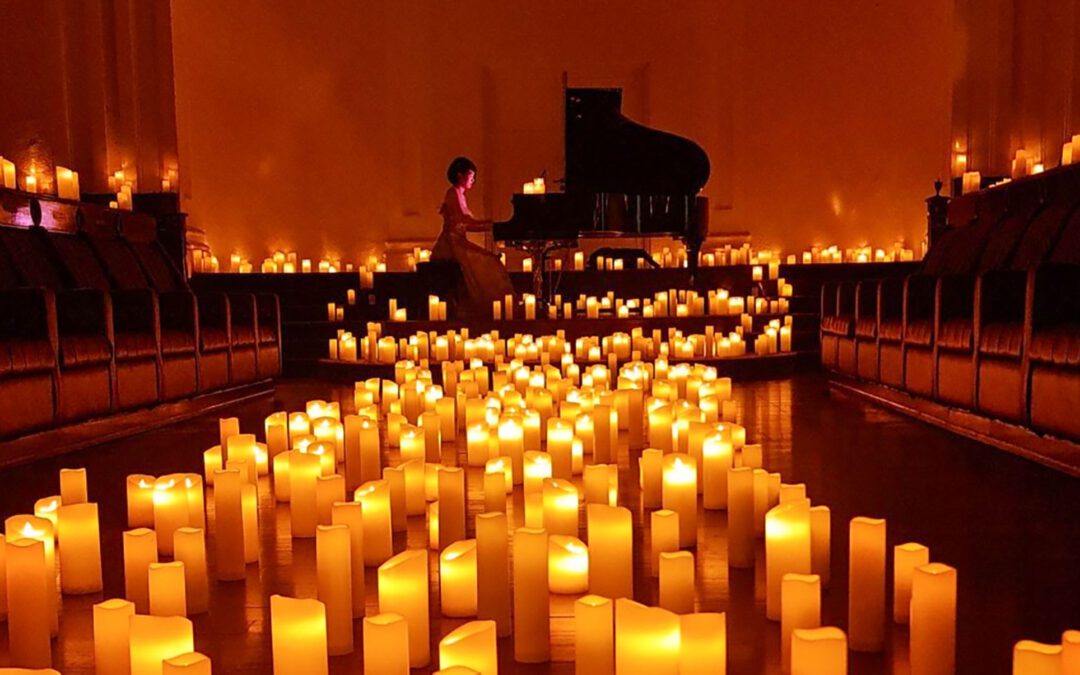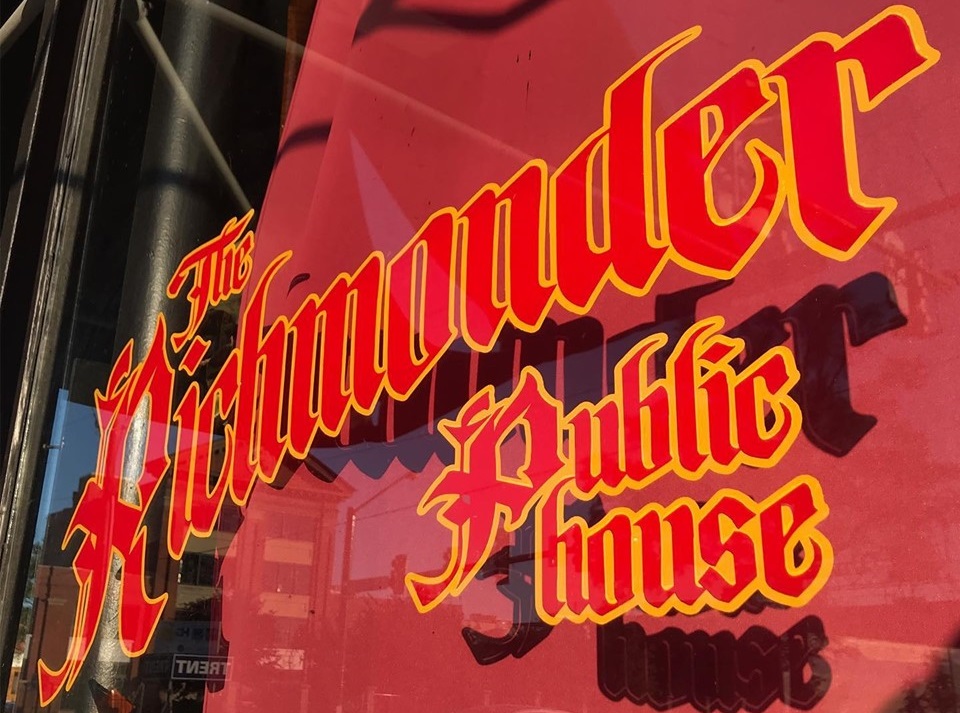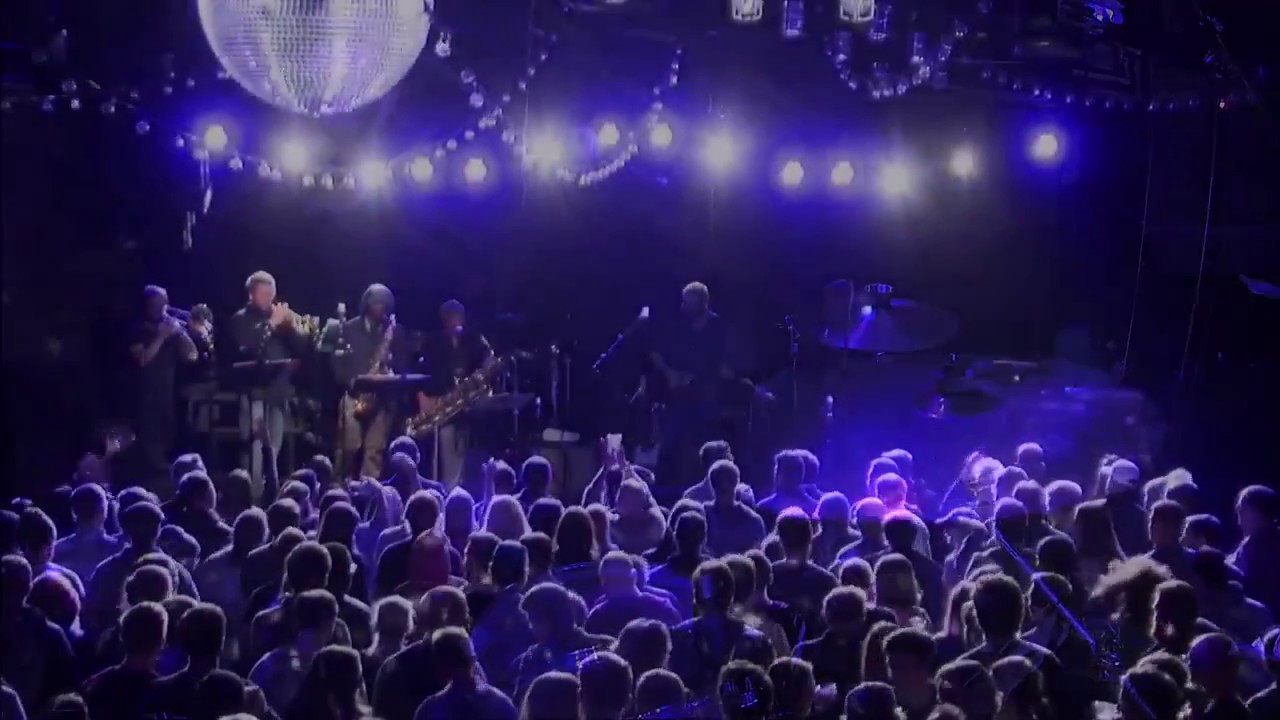Maybe I’m squarely in the prime demo, but I haven’t been able to escape the social media ads for this series of Candlelight concerts going on in Richmond this Summer. I’m not complaining, the algorithm was right. I was very interested. From a glance at the ads while I...





